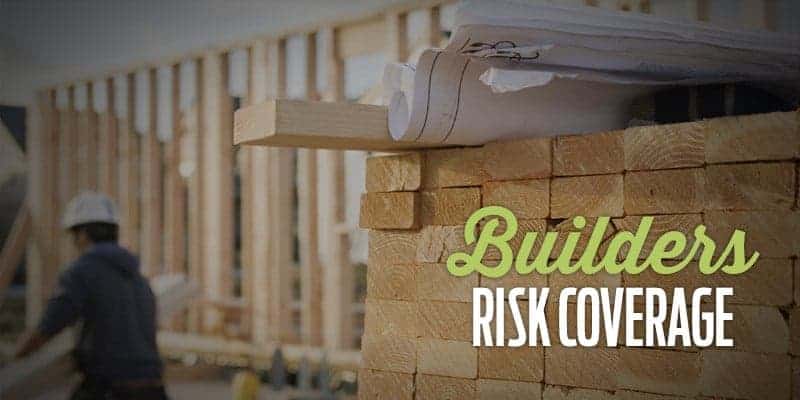
Builder’s Risk Coverage
October 17, 2015
Share:
What If Your Dream Home Was Destroyed While It Was Being Built?
You have spent the last year planning and watching your new 3,000 square foot, two-story home being built. Two weeks before you are scheduled to move into your new home, a tornado rips through and destroys it.
When a home is under construction, what type of policy do you need and who is responsible for purchasing the insurance to protect it? What does the policy cover? How much insurance coverage should be put on the home? Let’s get down to business and explore how to protect your home while it’s under construction.
What is a Builder’s Risk Insurance Policy?
First, in order to protect a home properly under construction, you need to purchase a builder’s risk insurance policy, which is sometimes referred to as a “course of construction policy,” and protects homes while they are under construction. It includes the building materials, fixtures and appliances that are intended to become integral parts of the structure.
Who Should Purchase It?
This policy can be purchased either by you through your insurance broker or by the general contractor. The construction contract may stipulate who obtains the policy. Many contractors may be able to negotiate better terms and rates based on their insurance history and knowledge of the construction industry. Additionally some contractors carry building risk policies that automatically insure any project that they work on. Make sure, if you are building a new home, you have a conversation with your builder to determine who is insuring it.
What Does It Cover?
It will cover against losses like fire, vandalism, lightning, wind, theft, explosion, hail, vehicle impact, etc. Some of the things it does not cover are things like earthquakes, floods, employee theft, sewer backup, and the cost of making good, faulty or improper workmanship or design. This coverage is purchased for the construction period only and needs to be put in place before the contractor starts digging the foundation.
How Much Coverage Should You Carry?
You should carry an adequate amount of coverage to cover the full value of the project in its finished state. When determining the finished value, the following factors should be taken into account in order to assess what constitutes the proper “full value” amount to
ensure adequate coverage.
The possibility of increased repair costs based on timing.
• Inflation or economic situations such as wage increases.
• Any potential demolition and debris removal costs necessary for proper repair such as tearing down a weakened portion of the structure before rebuilding.
• The value of any labour, equipment or material that formed part of the project but was not covered under the contract price such as volunteered work or donated materials or anything supplied directly by the owner to defray the original contract price.
• Any consultant costs such as architectural, engineering and project management fees, which are not usually part of the direct contract cost. Such fees may increase because of extra work required by any of these consultants after a loss.
• The cost of temporary facilities such as barricades, fences, form work and other site structures that will not be re-used and will have to be re-supplied.
• Any construction soft costs including insurance premiums and legal fees.
• The possibility of increased costs due to by-law or zoning changes that may occur after the start of the project.
In the above situation, as disappointing as it would be for your newly built home to be destroyed, if you have the correct coverage on it, you can build it again.







